CVA LATHE
| MARK RIGG | 22/03/2021 22:16:40 |
| 22 forum posts | I am thinking of buying a CVA LATHE - the later Series 3 machine . I have a brochure and user `s manual for these machines - they look a nice machine . Has anyone got any experience of these lathes ? Any comments appreciated . MARK BRIDGNORTH , SHROPSHIRE .
|
| old mart | 23/03/2021 17:52:01 |
| 4655 forum posts 304 photos | There is a little info on lathes UK, an impressive machine.**LINK** |
| Ady1 | 23/03/2021 18:29:28 |
6137 forum posts 893 photos | Seen a few on ebay over the years but they tend to be pretty beaten up Expensive machines that were worked hard to recoup their cost |
| Nigel McBurney 1 | 23/03/2021 19:42:14 |
1101 forum posts 3 photos | I worked in a brand new toolroom set up in 1967,the lathe was a CVA an accurate well built machine ,being new all the controls and slides were a bit tight ,not a pleasant machine to operate,I did not really take to it,it was supplied as a metric machine ,though among the paperwork was a lead screw test /accuracy chart thats when we found out that the leadscrew was imperial,it looked like metric super accurate leadscrews were not available at that time. so may be worth checking on an old machine,of this era Back in the 1990s recession when there were a number of machine tool and factory auctions i saw a few of these CVAs and they all had received some hard use ,never saw a good one. |
| SillyOldDuffer | 24/03/2021 10:04:59 |
| 10668 forum posts 2415 photos | Buying second-hand, condition matters far more than the Maker or type of lathe. A problem with really high-end machines is the cost of spares: machine cheap, spare parts likely to be 'if you have to ask you can't afford it' expensive, or unobtainium. By home workshop standards, the Colchester Student is a big heavy lathe, and see lathes.co.uk describes the CVA as having similar capabilities but being three times heavier. The reason being, the CVA is massively rigid, which is a very good thing for precision work in a tool-room, but money down the drain for ordinary purposes. It doesn't have any extra functions, just solid and built for hard work. In a badly worn or damaged CVA the extra weight is just an embarrassment because it makes the lathe hard to move and the floor might need strengthening. In good condition, the machine will nice to use, and capable of accuracy you rarely need, but it's bulk might be a waste of valuable floor space in a small workshop. (Mine is single garage sized and a Colchester Student would be a bit too big for it.) Much depends on what the lathe is for. If toolroom accuracy is essential, then a CVA is good condition will do the job, but a knackered CVA won't. Depending on what's wrong with it a knackered CVA might be good enough for ordinary general purposes, but in that case a lighter machine would be more practical. Buying a Far Eastern hobby lathe gets most lathe functionality, but with limitations. Typically, the motors and electronics are rated for intermittent use, not shift work on a busy production line, they are relatively lightly built, the finish is imperfect and they lack many time saving features. But, if you own a lathe with a clutch, full gearbox, mechanical speed-control, auto-trips, best-bearings, coolant system, and power features, these are the things likely to go wrong and are most expensive to fix. Great when they work, essential if the lathe is earning a living, but maybe unnecessary in a home workshop. Due to Covid restrictions I can't recommend a personal inspection, but normally it's best to see second-hand lathes cutting metal and to make sure all the controls work without undue slop and there are no nasty noises, smoke, hot bearings, or electrical tingles. (Take care - might have perished rubber power cables, pinched wires and other electrical horrors!) Doesn't matter who made it, or what the manual says, the value of the machine depends on how well it works. Damaged lathes can be restored but doing so can easily become a hobby in it's own right. Good fun unless the machine was bought to get on with other urgent projects, that now have to wait until the lathe is fixed. Certain faults are much nastier than others - cracks, bed worn beyond a regrind, burnt out motor, difficult to get or expensive parts missing, special bearings etc. Many others just require persistence and a little cash. It really needs looking at. Dave
|
| Dave S | 24/03/2021 12:33:38 |
| 433 forum posts 95 photos | I have a CVA and it’s an excellent machine. John Stevenson (late of this parish) used to run one and put me into them. They don’t have the “following” of more traditional ME lathes, and are somewhat heavy to move. As a result they tend to be cheaper than an equivalent Colchester or Harrison in spite of being a much better machine. Screwcutting on one is a joy, the single tooth clutch means metric on an imperial lathe is trivial. I’ll dig out some pics later. Dave |
| Dave S | 24/03/2021 21:43:02 |
| 433 forum posts 95 photos | This is mine, just after I got it into place. Its considerably more 'surrounded' now:
The saddle leaves no doubt about its intentions to be a precision machine:
The gearbox for feeds / threads is pretty comprehensive:
Mine is an Imperial machine, which I managed to pick up pretty well equipped, including most of the metric changegears:
Im missing 55 and 65, but have yet to need them in I dont know how many years of ownership (its over 5). Threading is a doddle on it, even metric. There is a single tooth clutch on the leadscrew which runs both forward and reverse, ITs the lever above the round gearbox dial in teh first photo. That means you can just thread up, pullout the crossslide (to the integral stop), flip the clutch to reverse and power back to the other end , then wind in and go again. This works so well I usually do it for imperial threads as well (rather than using the halfnuts) The surface finish it can give it beautiful:
Mine is still very accurate, even tho its not exactly 'new'. IIRC this test cut was parallel to 0.0001" over the length.
It might be a 'big' lathe, but in my experience it is very sensitive. This boring bar:
Was to open out the bore on some pinions I made:
And I did that in the CVA, partially because of the power feeds - no bumping the tool.
(Anvil for scale I am very happy with mine, and will continue to use it as long as I can. If it should develop a terminal fault Im not sure what I would replace it with, but I do know I'd be *very* sad... Dave
|
Please login to post a reply.
Want the latest issue of Model Engineer or Model Engineers' Workshop? Use our magazine locator links to find your nearest stockist!
Sign up to our newsletter and get a free digital issue.
You can unsubscribe at anytime. View our privacy policy at www.mortons.co.uk/privacy
- *Oct 2023: FORUM MIGRATION TIMELINE*
05/10/2023 07:57:11 - Making ER11 collet chuck
05/10/2023 07:56:24 - What did you do today? 2023
05/10/2023 07:25:01 - Orrery
05/10/2023 06:00:41 - Wera hand-tools
05/10/2023 05:47:07 - New member
05/10/2023 04:40:11 - Problems with external pot on at1 vfd
05/10/2023 00:06:32 - Drain plug
04/10/2023 23:36:17 - digi phase converter for 10 machines.....
04/10/2023 23:13:48 - Winter Storage Of Locomotives
04/10/2023 21:02:11 - More Latest Posts...
- View All Topics
- Reeves** - Rebuilt Royal Scot by Martin Evans
by John Broughton
£300.00 - BRITANNIA 5" GAUGE James Perrier
by Jon Seabright 1
£2,500.00 - Drill Grinder - for restoration
by Nigel Graham 2
£0.00 - WARCO WM18 MILLING MACHINE
by Alex Chudley
£1,200.00 - MYFORD SUPER 7 LATHE
by Alex Chudley
£2,000.00 - More "For Sale" Ads...
- D1-3 backplate
by Michael Horley
Price Not Specified - fixed steady for a Colchester bantam mark1 800
by George Jervis
Price Not Specified - lbsc pansy
by JACK SIDEBOTHAM
Price Not Specified - Pratt Burnerd multifit chuck key.
by Tim Riome
Price Not Specified - BANDSAW BLADE WELDER
by HUGH
Price Not Specified - More "Wanted" Ads...
Do you want to contact the Model Engineer and Model Engineers' Workshop team?
You can contact us by phone, mail or email about the magazines including becoming a contributor, submitting reader's letters or making queries about articles. You can also get in touch about this website, advertising or other general issues.
Click THIS LINK for full contact details.
For subscription issues please see THIS LINK.
Model Engineer Magazine
- Percival Marshall
- M.E. History
- LittleLEC
- M.E. Clock
ME Workshop
- An Adcock
- & Shipley
- Horizontal
- Mill
Subscribe Now
- Great savings
- Delivered to your door
Pre-order your copy!
- Delivered to your doorstep!
- Free UK delivery!

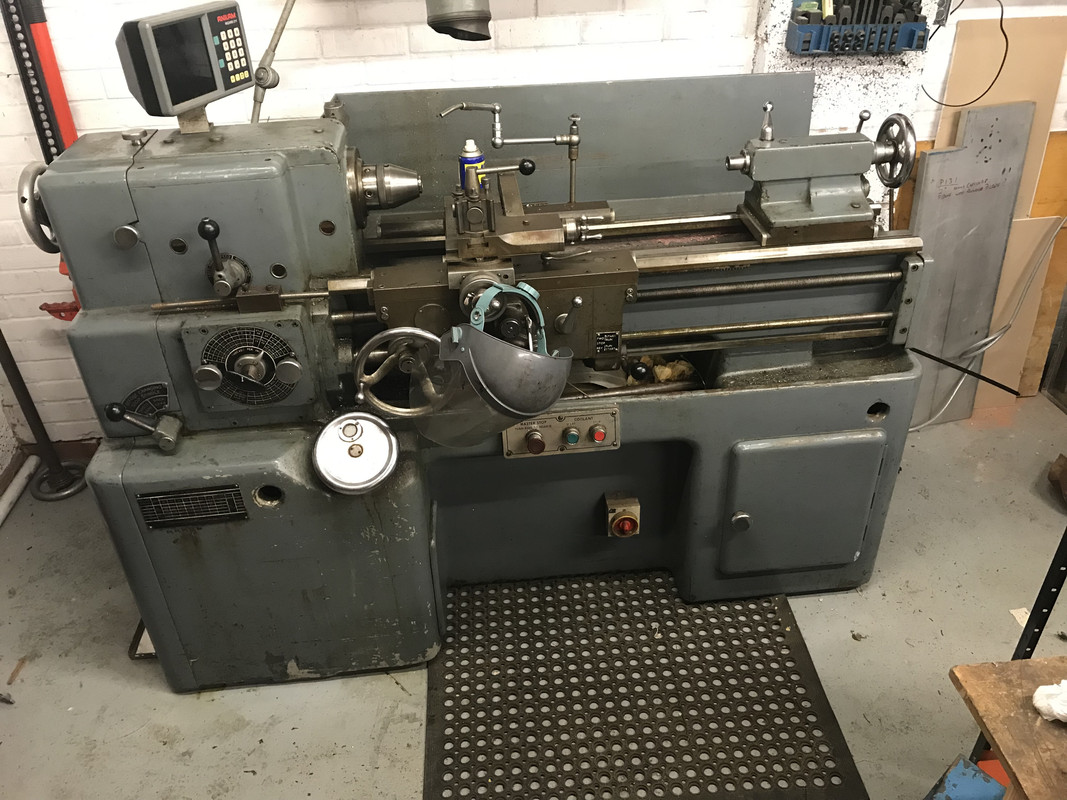
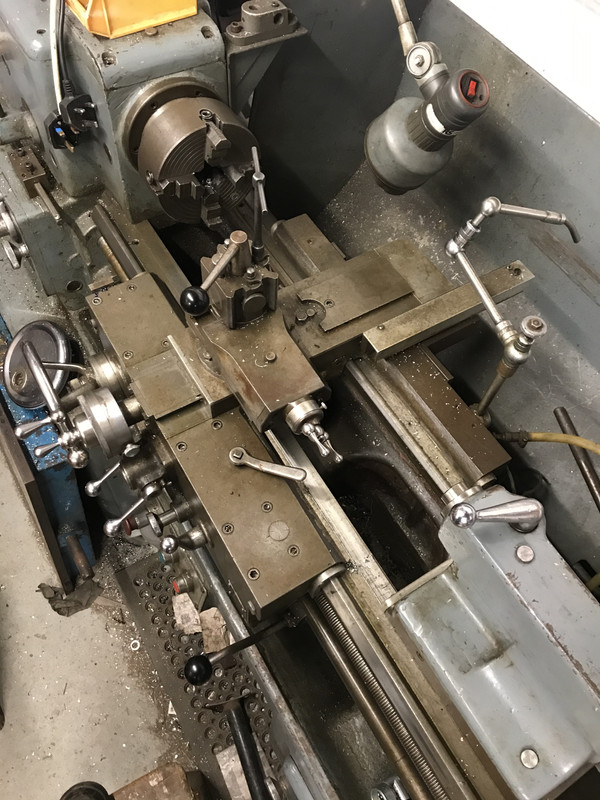
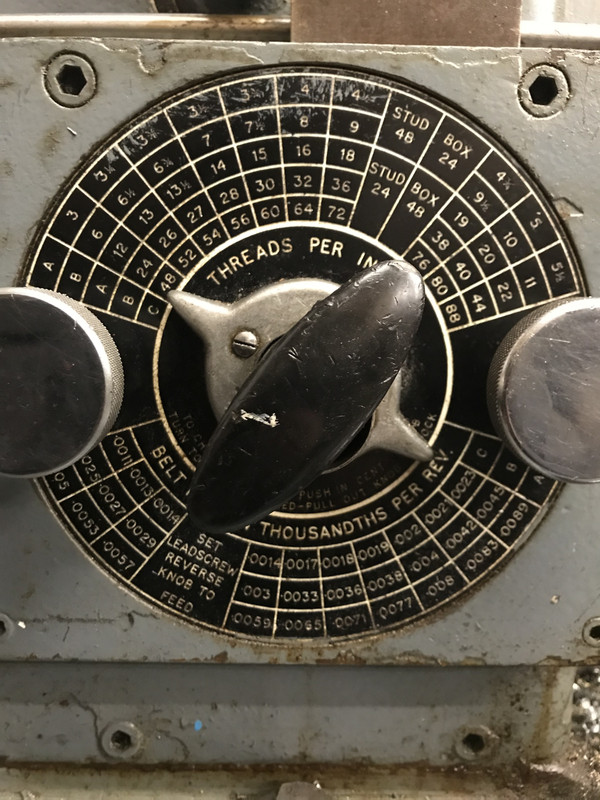
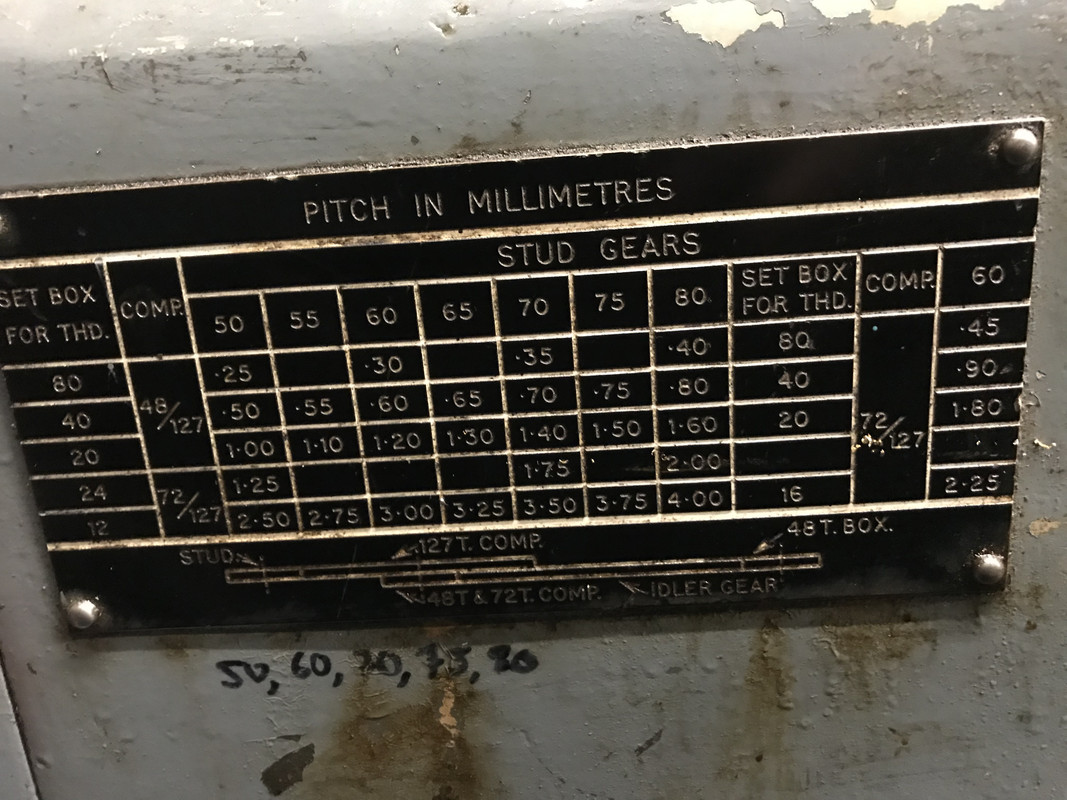
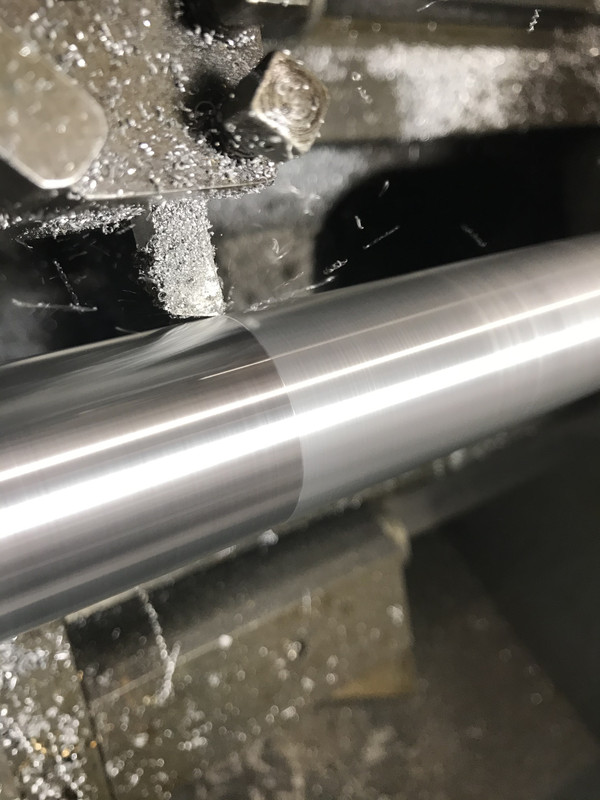
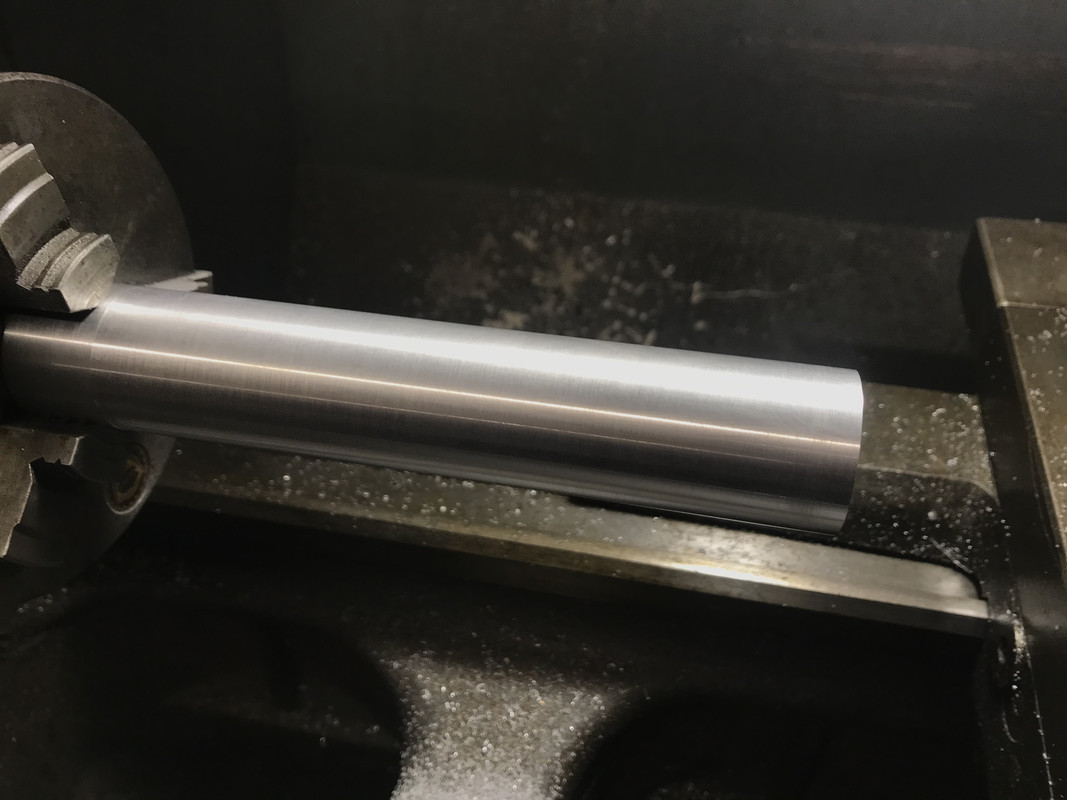
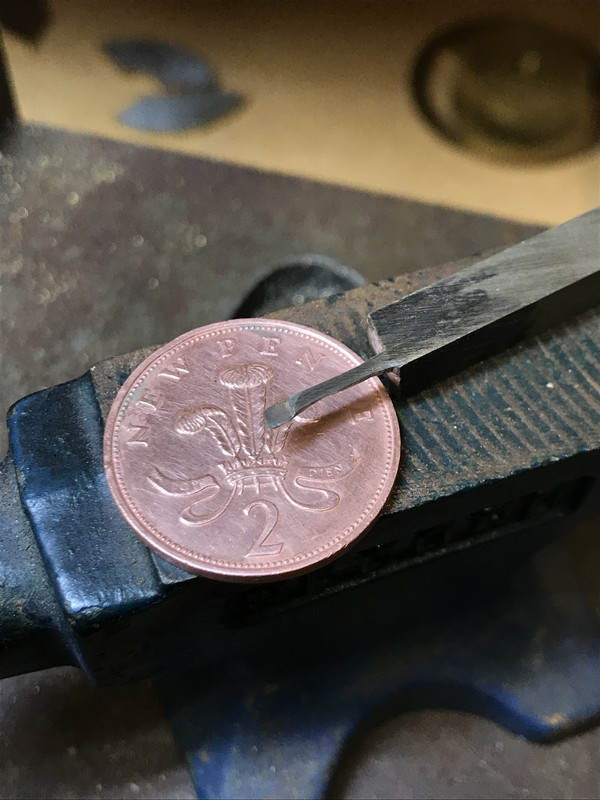
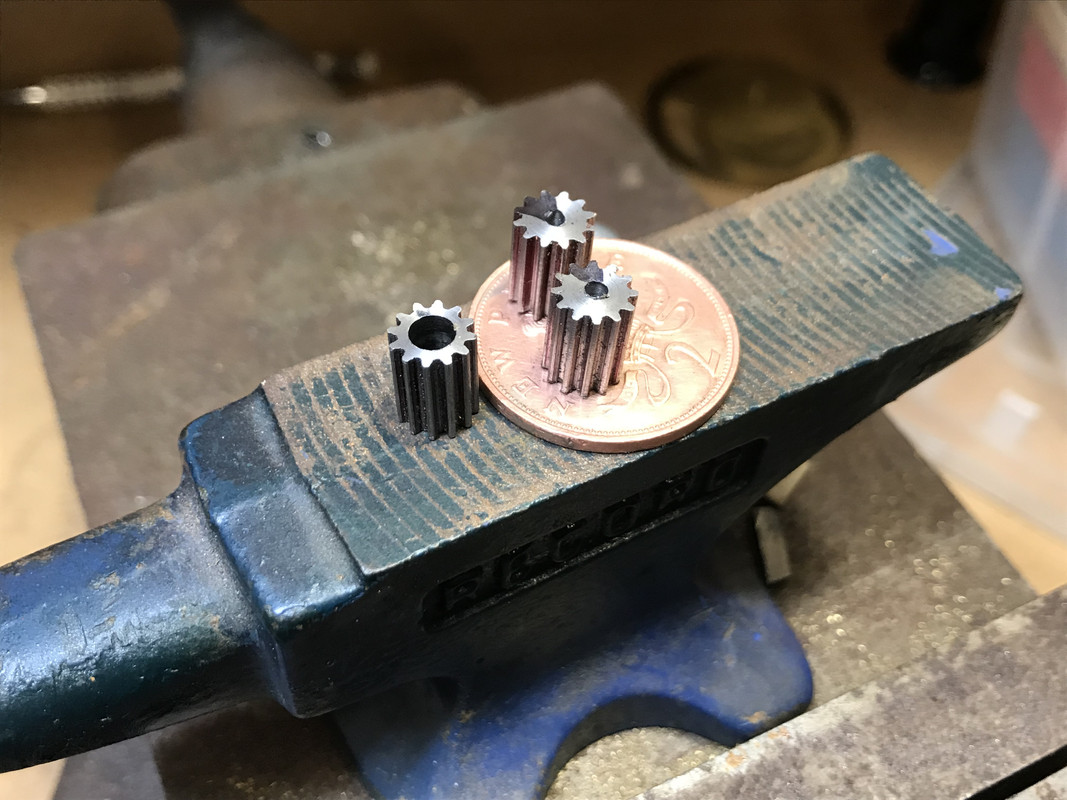
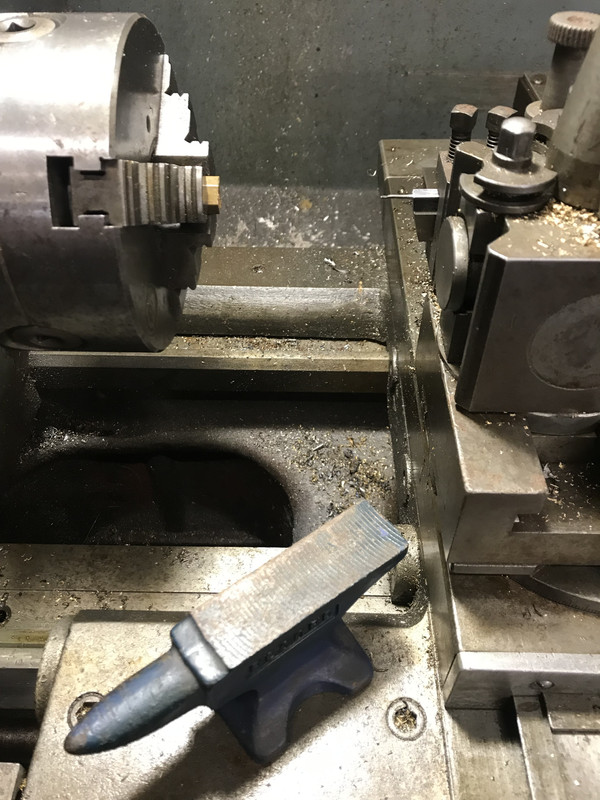
 )
)








 Register
Register Log-in
Log-in


